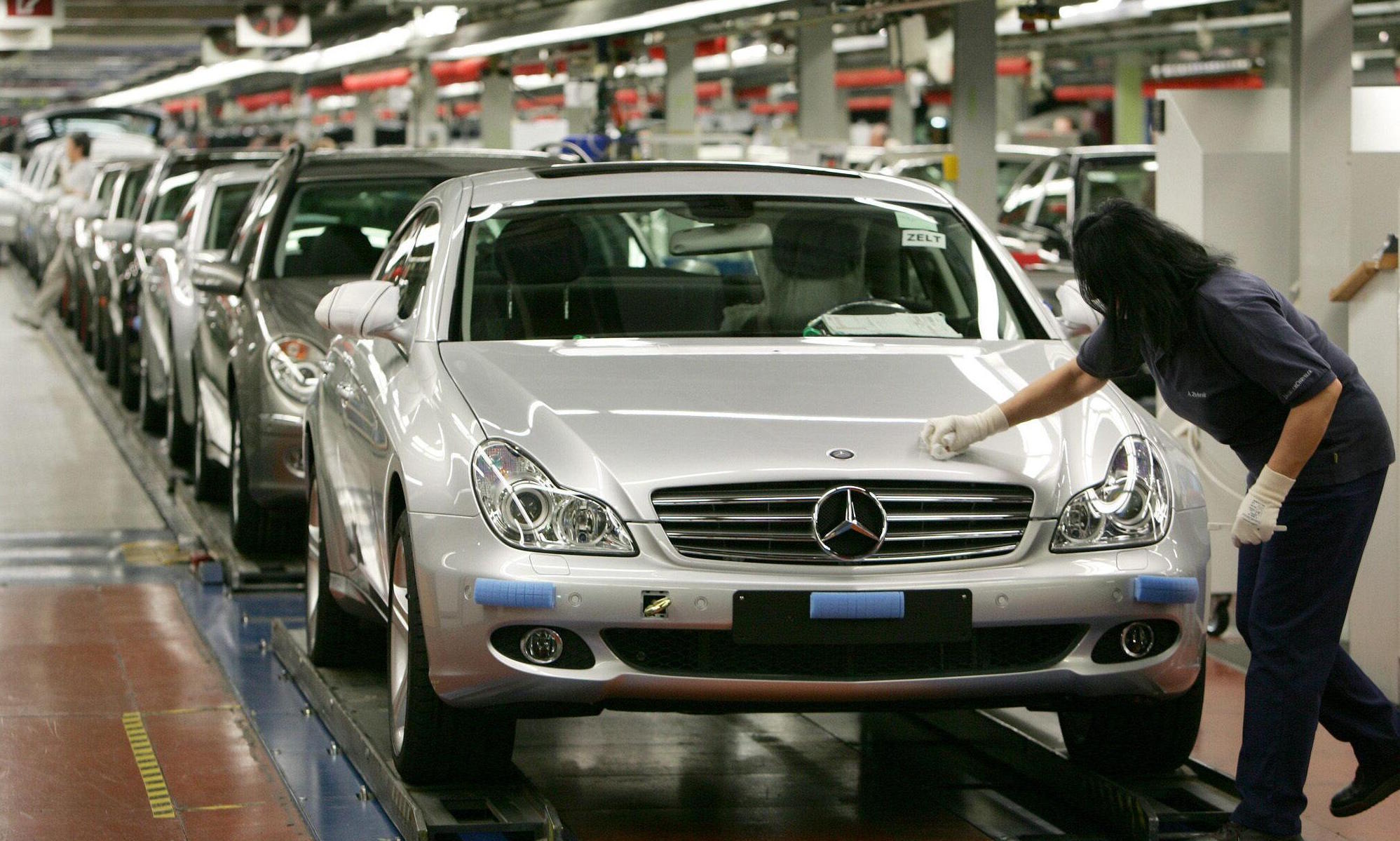Two weeks ago, Acea, the European automobile manufacturers' association, already warned of the risk for factories if the Nexperia conflict was not resolved soon. "It is expected that their current stocks will last a few weeks." Their complaint was joined by the European association of car parts suppliers, Clepa. However, days go by without finding a solution.
What has caused this situation?
Whether or not under pressure from the US, the Dutch government decided to intervene on September 30 with the component manufacturer Nexperia, citing serious governance failures and reasons of economic security. Especially to prevent technology transfer. Because Nexperia is 100% owned by the Chinese company Wingtech, a sale that the EU itself had approved just two years ago. The crisis arises when, in response to the intervention, the Chinese government prohibits the export of certain finished components and subassemblies from its subsidiary in the country.
What does Nexperia manufacture? Who does it supply to?
It is a major supplier of semiconductors used in the electronic control units (ECUs) of car electrical systems. And it has customers from dozens of brands worldwide. For example, Honda has already announced production adjustments in Mexico for this reason, and the Brazilian government, the eighth world power in vehicle production, has warned of production cuts within a maximum of two to three weeks.
Is it a repetition of the previous semiconductor crisis?
In the previous almost structural episode, the trigger was the pandemic: with the closure of car factories, semiconductor manufacturers had to find other customers such as the gaming industry. And when the recovery came, brands struggled to regain their position. The subsequent invasion of Ukraine by Russia in 2022 accentuated the supply chain disruption. In contrast, in the case of Nexperia, it is a political confrontation between the West and China, so its resolution should be quick and political.
What were the consequences then?
Global vehicle production fell from 91.8 to 84.3 million vehicles (-9%) between 2019 and 2022, according to Oica data, the industrial organization of manufacturers. The decline was even more severe in Europe: almost a 25% setback, dropping from 21.2 million cars to 16.2 million. Additionally, the Old Continent is the region of the world that has recovered the least production volume since in 2024 only 17.2 million were assembled. The current crisis will never reach that dimension.
Will prices rise again?
The major groups took advantage of the toughest phase of that crisis to achieve record profits by redirecting (limited) production to more expensive and luxurious models. In 2023 alone, the 12 largest manufacturers reached historic profits of 139 billion euros. Furthermore, in regions like Europe, it allowed them to manage chronic overcapacity without having to negotiate. And prices, which rose significantly with that strategy, have not been corrected because other factors have been added later (such as inflation or energy costs) and because brands are not interested in reviving cheaper cars.
But did manufacturers or politicians not learn from that crisis?
The EU is still developing its strategy to be more self-sufficient in the field of microchips. As for manufacturers, although they have increased their chip reserves and diversified the supplier portfolio, they still depend on them. "Zero risk does not exist," Acea stated weeks ago. In addition, these companies are spread across five continents, and while it may be easy to monitor a Tier 1 supplier (directly supplies the brand), things get complicated when it comes to a Tier 2 (supplier of a supplier) or a Tier 3. "It's a serious issue," said Guillaume Cartier, Nissan's performance director, "but at the moment, we do not have a complete view of the situation."
Are they doing anything else besides warning of the danger?
Days ago, Volkswagen stated that it had found an alternative way to source the parts that Nexperia was supplying. "It is obvious that we are looking for alternatives worldwide," said Ola Källenius, CEO of Mercedes-Benz, who stated that the German company has short-term supply covered. However, Acea also warned that switching to a new supplier can take months while validating the new parts and significantly expanding their production.
